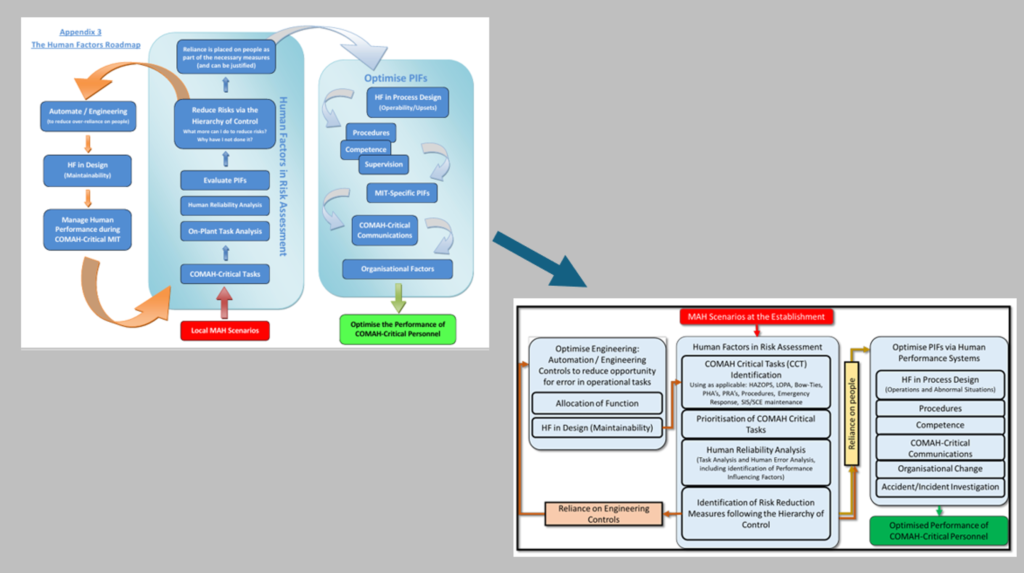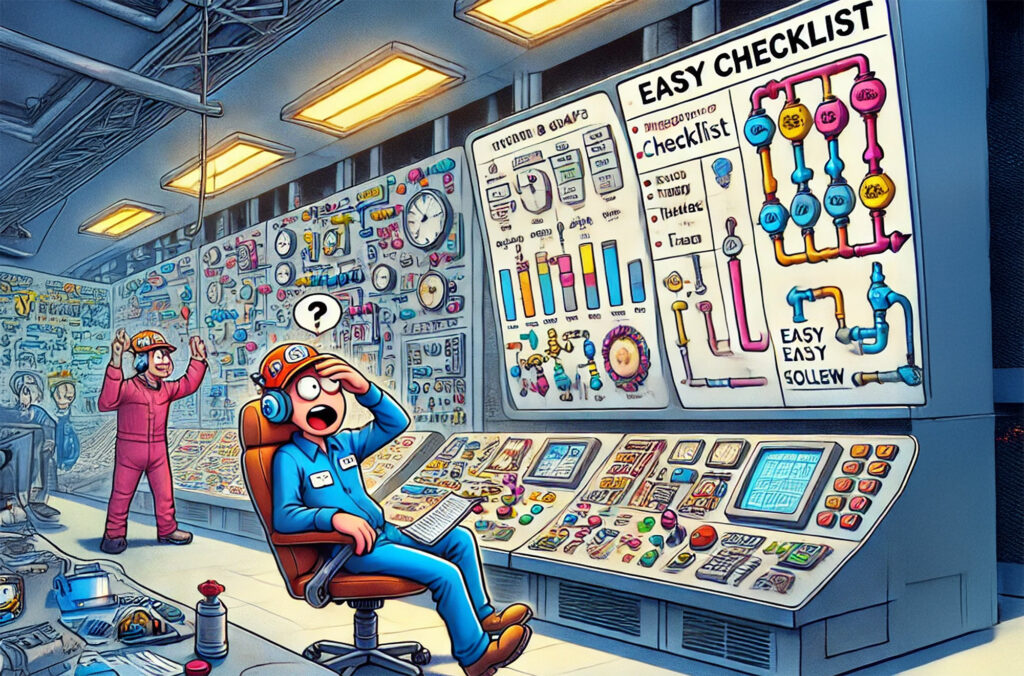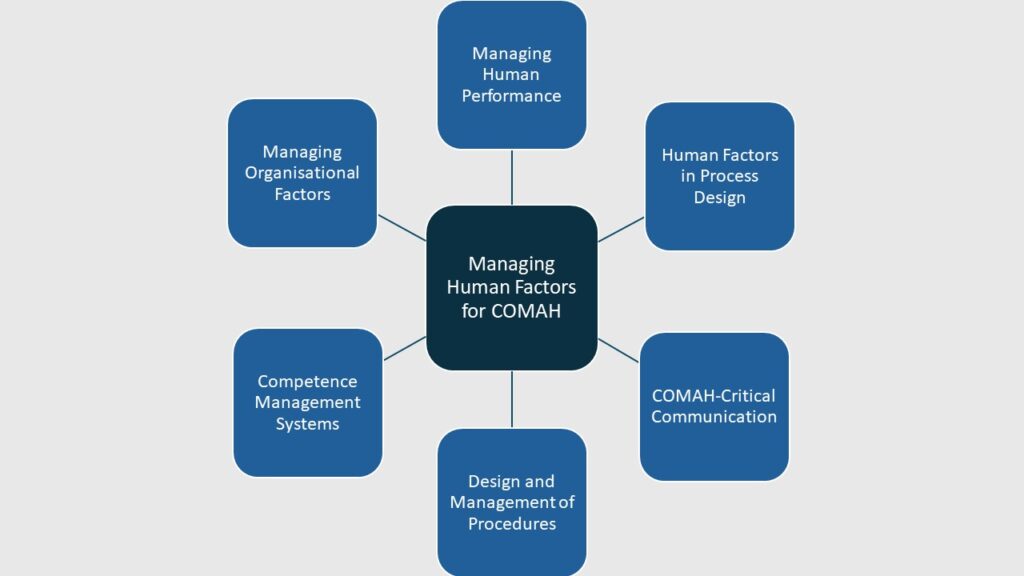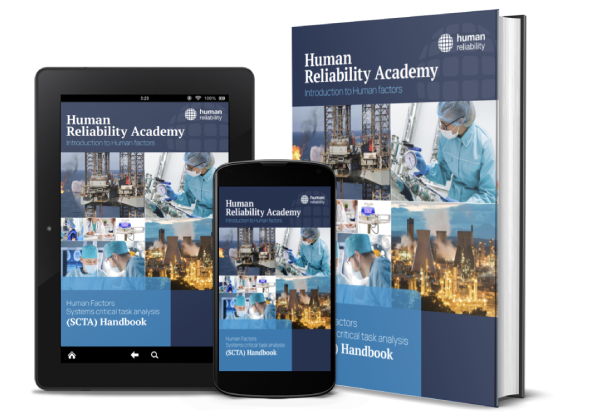Human Factors in Turnarounds: Key findings and lessons learned

Turnarounds are planned events where significant sections of a process plant are shut down to enable maintenance or projects to be carried out. Despite being planned events, they are inherently non-routine and resource intensive.
HSE Human Factors Delivery Guide for COMAH sites: What’s new?

The HSE released a new Human Factors Delivery Guide for COMAH sites in December 2023. However, there was no briefing note or presentation to accompany it to tell us what was different and what was the same.
A year on, I’m writing that blog to attempt to fill that gap.
Tackling Procedural Non-Compliance in the Workplace: Insights and Solutions

Standard Operating Procedures (SOP) are essential, but why do operators deviate from them? Our Managing Director, David Embrey, explores how non-compliance may not always be about negligence, but rather systemic challenges and opportunities for process improvement.
Checking, checks, second checks, double checks and independent checks

In this deep dive, we explore the critical role of checking in detecting and correcting errors, especially in safety-critical industries.
Human Factors Regulations in Singapore: A comparison with the UK

In 2017, Singapore introduced the Safety Case Regime under the Workplace Safety and Health (Major Hazards Installations) Regulations, marking a pivotal step toward strengthening safety at facilities handling hazardous substances. This approach aligns closely with the UK’s HF Delivery Guide under the Control of Major Accident Hazards (COMAH) Regulations.
On Crafting Effective and Safe Procedures

In safety-critical industries, having a procedure isn’t enough—it needs to be both accurate and user-friendly. A well-crafted procedure can enhance safety, reduce risks, and streamline operations, but only if it’s easy to follow and understand.
Failure Modes and Mechanisms in Safety Critical Task Analysis (SCTA)

In the realm of safety critical tasks industries, identifying both failure modes and mechanisms is essential for effective risk management and performance improvement. We dive into this crucial topic, exploring how failure modes and failure mechanisms impact human performance.
The Psychology Behind Alarm Response: Insights from Human Factors

Alarm systems are vital to process control, but poorly designed alarms can compromise operator performance. We explore the complexities of alarm management and highlights how human factors can optimise control system design.
Understanding the HSE’s Human Factors Delivery Guide for COMAH Sites: A Quick Overview for Beginners

Want to learn more about the 6 topic areas in the HSE’s HF COMAH Delivery Guide? Here, we give a quick overview of these areas and how they can you help improve Human Factors management.
Human Factors GATEWAY Approach: Leveraging SCTA Outputs to Identify HF Issues in Related Tasks

This blog introduces the Human Factors GATEWAY (Generic Audit Tool Exercise to Widen and Accelerate Yield) approach. This extends Safety Critical Task Analysis (SCTA) insights from one task to similar critical tasks across multiple sites or work areas.













